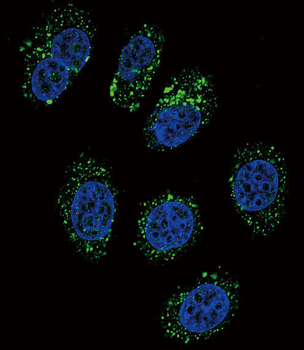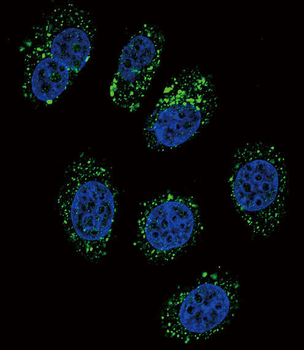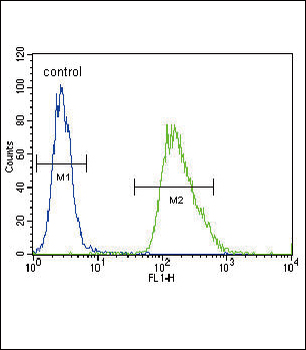You have no items in your shopping cart.
CMGA Antibody (C-term)
Catalog Number: orb1937956
| Catalog Number | orb1937956 |
|---|---|
| Category | Antibodies |
| Description | Affinity Purified Rabbit Polyclonal Antibody (Pab) |
| Species/Host | Rabbit |
| Clonality | Polyclonal |
| Clone Number | RB19424 |
| Tested applications | FC, IF, IHC-P, WB |
| Reactivity | Human |
| Isotype | Rabbit IgG |
| Dilution range | IF: 1:10~50, WB: 1:1000, IHC-P: 1:10~50, FC: 1:10~50 |
| Form/Appearance | Purified polyclonal antibody supplied in PBS with 0.09% (W/V) sodium azide. This antibody is purified through a protein A column, followed by peptide affinity purification. |
| Conjugation | Unconjugated |
| MW | 50688 Da |
| Target | This CMGA antibody is generated from rabbits immunized with a KLH conjugated synthetic peptide between 376-404 amino acids from the C-terminal region of human CMGA. |
| UniProt ID | P10645 |
| NCBI | NP_001266.1 |
| Storage | Maintain refrigerated at 2-8°C for up to 2 weeks. For long term storage store at -20°C in small aliquots to prevent freeze-thaw cycles |
| Alternative names | Chromogranin-A, CgA, Pituitary secretory protein I Read more... |
| Note | For research use only |
| Expiration Date | 12 months from date of receipt. |

CMGA Antibody (C-term) flow cytometric analysis of A549 cells (right histogram) compared to a negative control cell (left histogram). FITC-conjugated goat-anti-rabbit secondary antibodies were used for the analysis.

CMGA Antibody (C-term) immunohistochemistry analysis in formalin fixed and paraffin embedded human pancreas tissue followed by peroxidase conjugation of the secondary antibody and DAB staining. This data demonstrates the use of CMGA Antibody (C-term) for immunohistochemistry. Clinical relevance has not been evaluated.

CMGA Antibody (C-term) western blot analysis in A549 cell line lysates (35 ug/lane). This demonstrates the CMGA antibody detected the CMGA protein (arrow).

Confocal immunofluorescent analysis of CMGA Antibody (C-term) with A549 cell followed by Alexa Fluor 488-conjugated goat anti-rabbit lgG (green). DAPI was used to stain the cell nuclear (blue).






